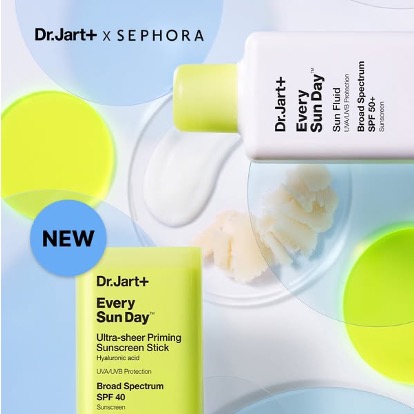There’s a cool term floating around in the digital world right now — neuromarketing. It’s basically the science of how our brains respond to marketing, and it’s changing the way content is created. Whether you’re selling a product, a service or just trying to get someone to fill out a form, emotions can make all the difference. People don’t usually act on facts alone. They respond to how something makes them feel — often by hitting a pain point.
Neuromarketing has existed for over two decades, making it a familiar concept within the field. However, it is regaining popularity in today’s marketing landscape due to the nature of social media. Eyeballs are constantly on devices where we are bombarded with content and advertising. Thus, brands are now turning to neuroscience to influence consumer behavior in very saturated and competitive platforms. By tapping into emotions, they can stand out through well thought out ads utilizing elements such as color, layout, and tone. This plays a big role in catching someone’s eye and driving action — especially when attention spans are shorter than ever.
Sephora is a leading beauty brand that leverages neuromarketing in its Meta advertising. As seen below, the examples demonstrate how it’s applied.


These creatives specifically incorporate price anchoring with the phrase “$25 or under,” this tactic activates the brain’s reward system; or the very obvious color psychology and textures which, according to neuroscience, activate the sensory cortex.
But emotion alone isn’t enough. This is where performance creative enters the chat. Marketers are testing what works — like which headlines get more clicks or what kind of video hook keeps people engaged. Platforms like Meta and TikTok now reward constant optimizations and data-driven creative, meaning those that use performance data to refine their emotional impact are seeing better results and ultimately higher returns.
Here at EXL Media, our client Costa Palmas (luxury real estate), perfectly embodies this idea. Depicted to the right is a current ad creative we are running on Meta. The photo includes elements of neuromarketing such as lifestyle projection and aspirational imagery. The luxury home, ocean view and warm lighting are all carefully chosen to activate emotional responses and the viewers start to imagine themselves in the space.
From January – March 2025, we have tested the creative across different audience segments and found the emotional reactions varied. One audience delivered a low CPC of $0.75, however the cost per lead was 142% higher than the campaign average – this proves that low-cost attention doesn’t always equal quality engagement. In another audience, the image resonated more with the cost per lead coming in 30% lower than the campaign average, but a higher CPC of $2.28. Suggesting that the emotional cues were more aligned with the decision-making process of this particular audience and therefore converting at a higher rate. Based on these findings, we adjust our marketing approach to drive results. So, the sweet spot in 2025? Content that connects on a human level and is backed by real data.

